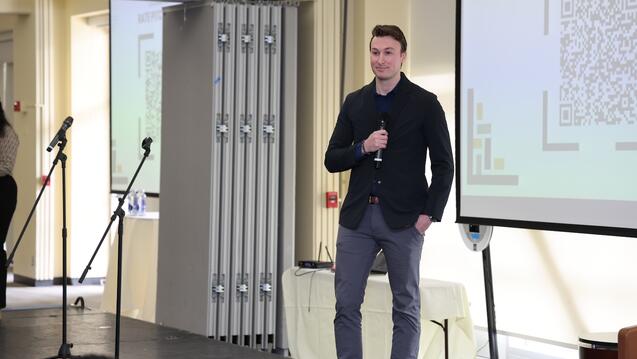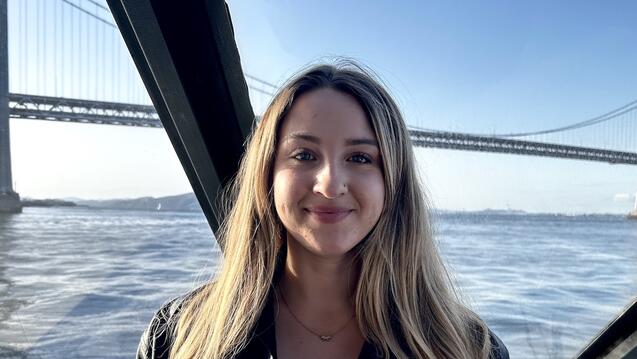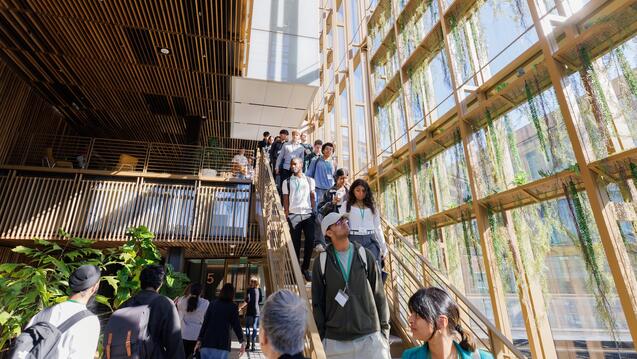Environmental Engineering Student Interns at NASA, Studies Climate

Patricia Sibulo ’25 talks about internships, earth science, and engineering.
Tell us about your internship.
This summer I’m interning for the NASA Student Airborne Research program. I’m learning how to use remote sensing tools and satellite data to study environmental systems, like weather.
Where are you doing your internship?
It’s actually been all over the place. First we went to Rancho Cucamonga, where we got to fly in NASA’s P3 and B200 aircraft. These planes have instruments that collect atmospheric data related to greenhouse gases and pollution. And then we went to Sedgwick Reserve in the Santa Ynez Valley and learned how to use a hyperspectral camera to determine the composition of a given landscape — how much of it is vegetation, soil, rock. And now we’re based at UC Irvine for five weeks. Here, we’re learning how to use remote-sensing software like ENVI and SNAP to analyze data collected from satellites, planes, and drones.
How did you find this internship?
I first heard about NASA’s earth science division at the Geo Education Summit put on by the Geospatial Analysis Lab. I met this person who worked in earth science at NASA. I was like, wait. I thought NASA was just about space. So I looked on their website and I found the Student Airborne Research program (SARP), which is for undergraduates. And then I checked Samantha Lam’s emails. Sam’s the program assistant in the engineering department. She sends out job opportunities and internship opportunities for students. Sure enough, she had sent an email about SARP. I clicked “apply.”
What are you learning?
I’m learning what’s going on with the world, literally. The changing weather over the oceans. The changing weather over the land. I’m mainly interested in flooding in urban areas — how to prevent floods or mitigate the damage from floods. I’m concentrating on flooding because last year I did my senior capstone project on flood mitigation in San Francisco, and I found that the worst flooding usually happens in communities that are the most economically vulnerable.
What’s next for you?
In the fall I’m moving to New York City. I’m a 3D animator on the side, and I want to take a year to really pursue that passion at least once in my life. I’m part of an art collective. I’ll be doing a lot of commissions. At the same time, I want to explore different aspects of environmental engineering. And then in two years or so, I’m going to get a master’s degree somewhere in the environmental engineering sector.
What’s your advice to your first-year self at USF?
Don’t be afraid to reach out and talk to people. In high school, I was introverted. At USF, I learned that people are just here to support you. If you tell them what you’re into or ask them how they got to where they are, they’ll help you. Also, don’t go in and out of class right away. Talk to your neighbors. Ask what they’re about. Talk to your professors. Ask what they have going on in their research. Talk to Lou Sassoubre. Lou has been such a great mentor and guide for me. She’s actually the reason I joined engineering in the first place. I started as an urban studies major. Then I switched to environmental studies. And then critical diversity studies. And then environmental science. And then in my sophomore year I met with Lou and switched my major to sustainable environments engineering. I jumped around but I don’t regret it. Each time I tried a new major I learned more about myself and what I’d like to do with my life.


